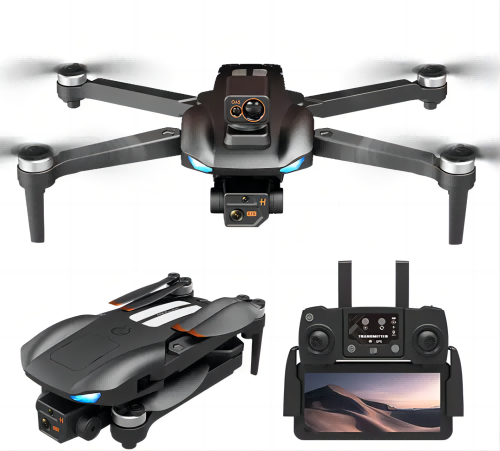Surface mount semiconductor devices include a wide range of components such as crystal diodes, transistors, field-effect transistors (FETs), integrated circuits, and various sensitive devices like gas sensors, light-sensitive, pressure-sensitive, magnetic-sensitive, ion-sensitive, and humidity-sensitive components. These components are essential in modern electronics due to their compact size and efficient performance.
Diodes come in two main forms: leadless cylindrical and chip-shaped. Cylindrical diodes have dimensions like φ1.5mm × 3mm or 7mm × 5.2mm, commonly used for Zener diodes, switching diodes, and general-purpose diodes. They can be made from materials like tantalum or silicon, with the negative terminal often indicated by a ribbon near the lead. Their power consumption ranges from 0.5 to 1 W. Chip diodes, on the other hand, are plastic rectangular sheets with dimensions around 3.8 × 1.5 × 11 mm and often feature short leads.
Transistors also vary in structure. Ordinary triodes typically consume between 150 to 300 mW and are usually low-power silicon or germanium devices. High-frequency and high-power transistors use different packaging, such as the L-shaped leads found in SOP packages or J-shaped leads in SOJ packages. High-power transistors may be mounted on copper plates to improve heat dissipation, with power ratings up to 2 W.
Integrated circuits (ICs) have evolved significantly over the years. Early surface-mount ICs were housed in plastic-sealed packages with smaller pin pitches compared to traditional through-hole components. Common package types include SOP (Small Outline Package), SOJ (Small Outline J-lead), QFP (Quad Flat Package), PLCC (Plastic Leaded Chip Carrier), and COB (Chip On Board). Each type offers unique advantages in terms of space efficiency, soldering ease, and thermal management.
SOP and SOJ packages are widely used due to their reliability and ease of handling. QFP packages, while offering more pins and better solder strength, are challenging to work with due to their small lead pitch. PLCC packages, with their J-shaped leads, save board space but make inspection and rework more difficult. COB technology, often called "black glue" packaging, involves directly mounting the IC onto the PCB and sealing it with epoxy, making it ideal for cost-sensitive applications.
Replacing surface mount components requires careful attention. For small devices, using tweezers and a fine-tipped soldering iron is essential. For larger ICs, removing the old component by suctioning the solder is common. When replacing an IC, it’s important to match the original model as closely as possible, and if not available, ensure that the replacement has compatible pinouts and functions. Proper grounding and static protection are crucial to avoid damaging sensitive components, especially in dry environments.
Overall, surface mount technology continues to advance, enabling smaller, more powerful electronic devices. Understanding the characteristics and proper handling of these components is key to successful assembly and repair.
SG907MAX Xiang 3 high-definition Photography drone WIFI image transmission three-axis anti shake gimbal GPS return entry-level,We can customize remote control distance, flight time, and different pixel unmanned aerial vehicles according to customer

needs
Photography Drone,High Definition Photography Drone,Three Axis Anti Shake gimbal High definition Photography Drone
Jiangsu Yunbo Intelligent Technology Co., Ltd , https://www.fmodel-ai.com